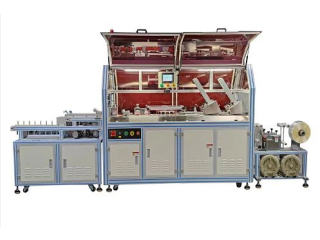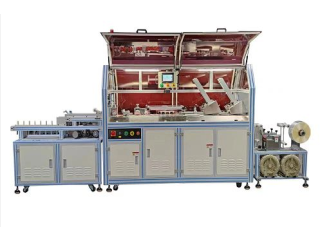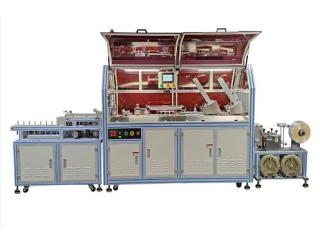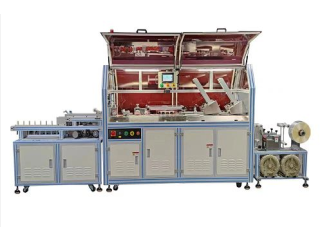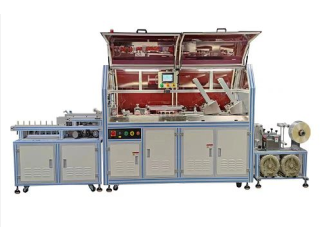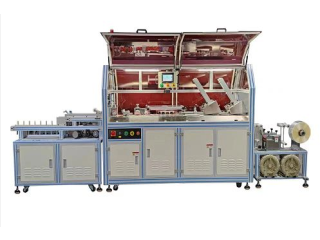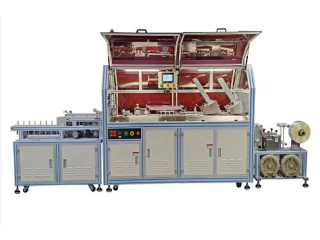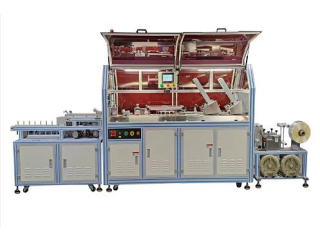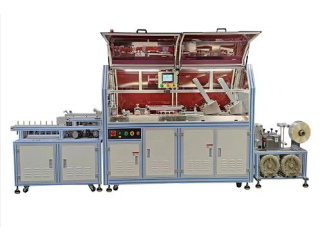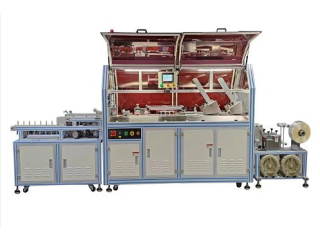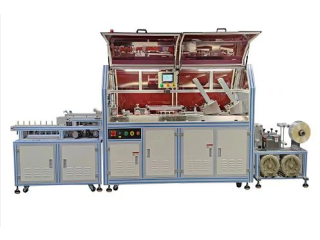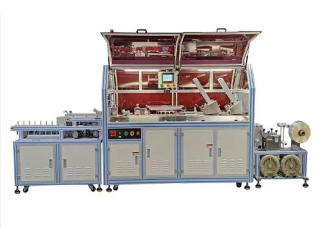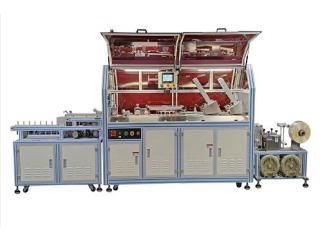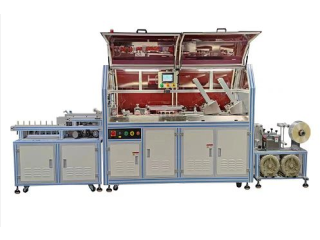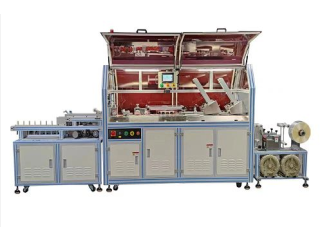The Do’s and Don’ts of Metal 3D Printing
Jul 6th, 2022 at 05:53 Automobiles Battagram 174 viewsThe Do’s and Don’ts of Metal 3D Printing
Star Trek aficionados are well versed in the wonder of the “Replicator,” a machine that initially synthesized meals on demand, but eventually evolved to magically produce any number of complex objects, from clothing to the USS Enterprise’s spare parts.
3D printing, and in particular, recent advances in metal additive manufacturing (AM), have many likening what’s possible with the technology to the sci-fi promises of the Star Trek universe. Proponents of metal 3D printing are bullish on the potential, touting the ability to accommodate complex structures, decrease materials waste and reduce lead times for specific classes of traditionally manufactured metal parts.
However, the general lack of understanding of the process, especially the need to redesign parts to achieve the true benefits, remains a significant hurdle to adoption as well as an ongoing inhibitor to metal AM return on investment (ROI).
While metal 3D printing is indeed a game changer, most companies haven’t fully capitalized yet because they aren’t taking the opportunity to redesign parts, contends Tom Houle, director of LUMEX NA for Matsuura USA.
“When we see parts that are designed to be metal 3D printed instead of converted to metal 3D printing then the result is a part that is lighter, uses less materials, creates less scrap and waste and runs on a machine 24/7, lights out,” he explains. “Those are four game-changing aspects of metal 3D printing and why the technology will eventually be commonplace.”
Designing for Metal AM is Key
For now, metal AM is not exactly a manufacturing floor or engineering department staple, but it is making headway. A recent survey from Market Reports World projects the metals 3D printing market to grow at a compound annual growth rate (CAGR) of almost 22% from 2021 to 2025, increasing revenue by $1.3 billion. Grandview Research is projecting 27.8% CAGR growth between 2020 and 2027, fueled by increased adoption in the medical, automotive, and aerospace and defense sectors.
Despite the uptick, the high-cost and complex nature of traditional metal 3D printers have put them out of reach for a large segment of manufacturers and engineering shops. That dynamic has shifted over the last few years as prices have declined and a spate of next-generation models have made the technology more accessible.
Yet, as companies start to test-drive metal 3D printing, they encounter an array of challenges that leave many disappointed with results.
“The core challenge of metal 3D printing is education and expectation setting,” says Lishan Mu, product manager at Markforged. “Because of the novelty of metal 3D printing, the manufacturing world doesn’t know what to print or how to design for the metal AM process. They are taking parts meant for [computer numerically controlled] machining and expecting the same results from metal 3D printing. It just doesn’t work that way as metal 3D printing is a completely new fabrication process that has its own capabilities, strengths and shortcomings.”
To help counter that scenario, Markforged advises engineering teams to embrace a redesign approach, reevaluating parts by drilling down into why a particular feature was designed the way it was.
“Ask yourself, ‘Why is the hole round? Is it because it’s a through hole for a screw or because the drill to create the hole is round? Does it actually need to be round?’” asks Mu. “Most conventionally-designed parts are concepted to require as little material removal as possible, which is the exact opposite of what Design for AM (DfAM) suggests. If you ask enough of the right questions, you’ll quickly find areas to optimize for a successful output with metal 3D printing.”
To assist customers in this process, the Markforged University program helps identify the right parts to print as well as how to implement DfAM techniques to ensure print success.
Best Practices for Metal AM
Beyond the No. 1 best practice of redesigning parts for metal AM, experts in the field have various recommendations for what measures to avoid along with guidelines to ensure the best value and to optimize printed parts. Among them are:
Don’t underestimate post-processing. Because it’s still relatively unknown in broad market circles, many companies tend to look at metal 3D printing, and metal AM in particular, as a black box. Experts say it’s a misconception to assume most offerings are a plug-and-play machine and that there won’t be significant machining and finishing work required to ensure a part comes out finished as intended.


